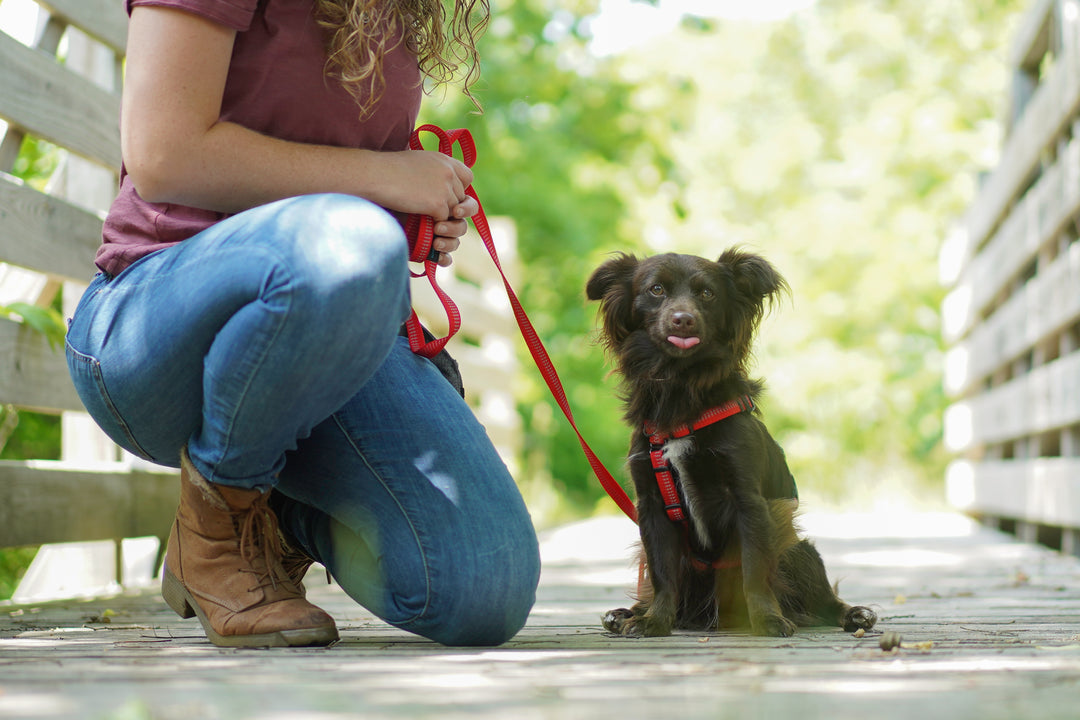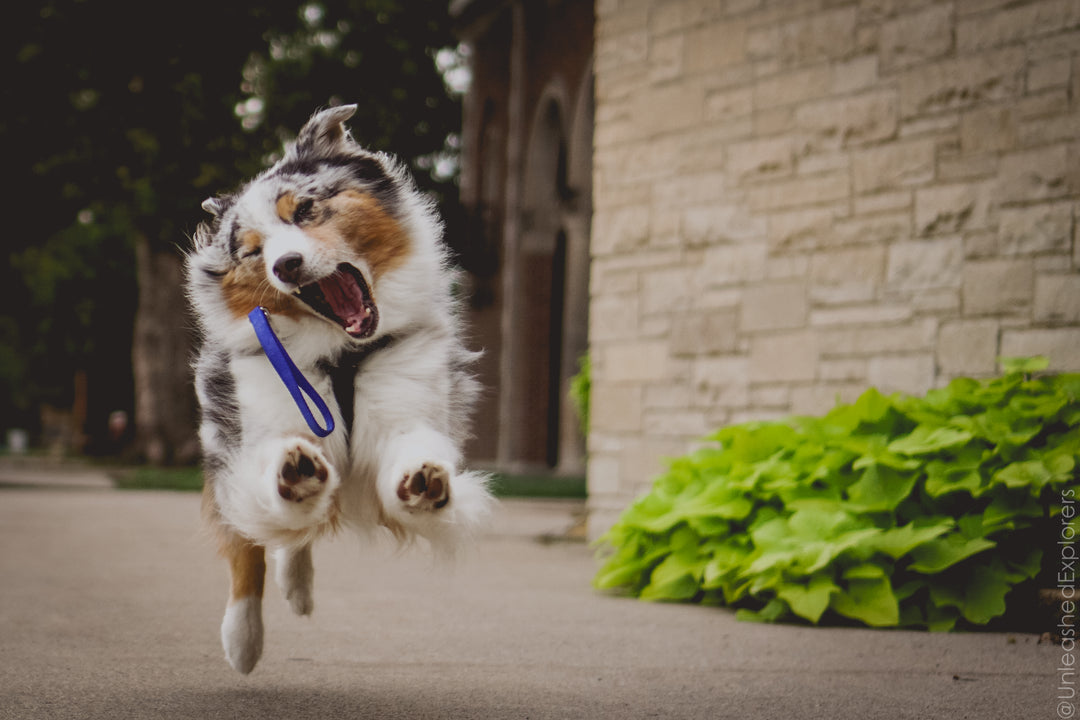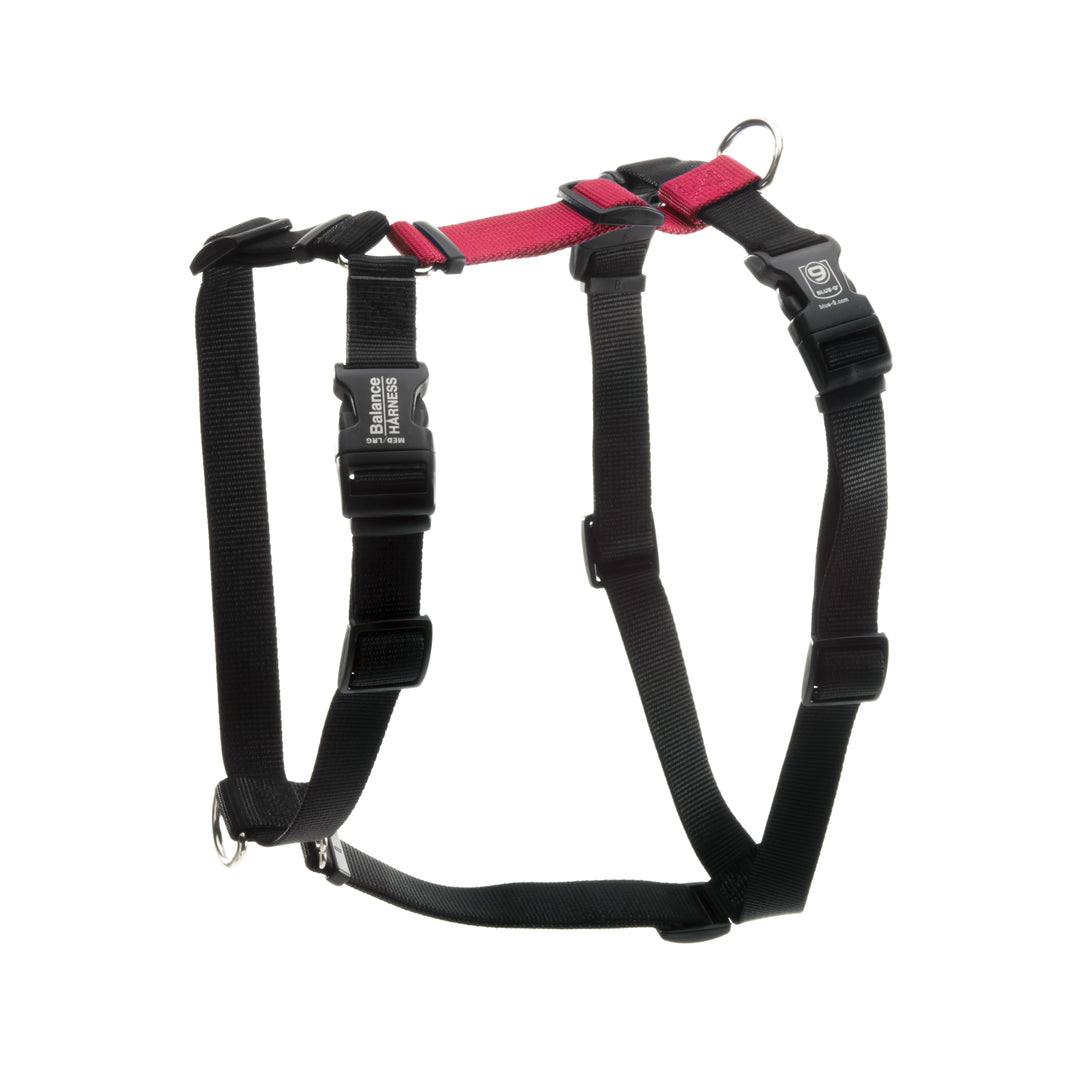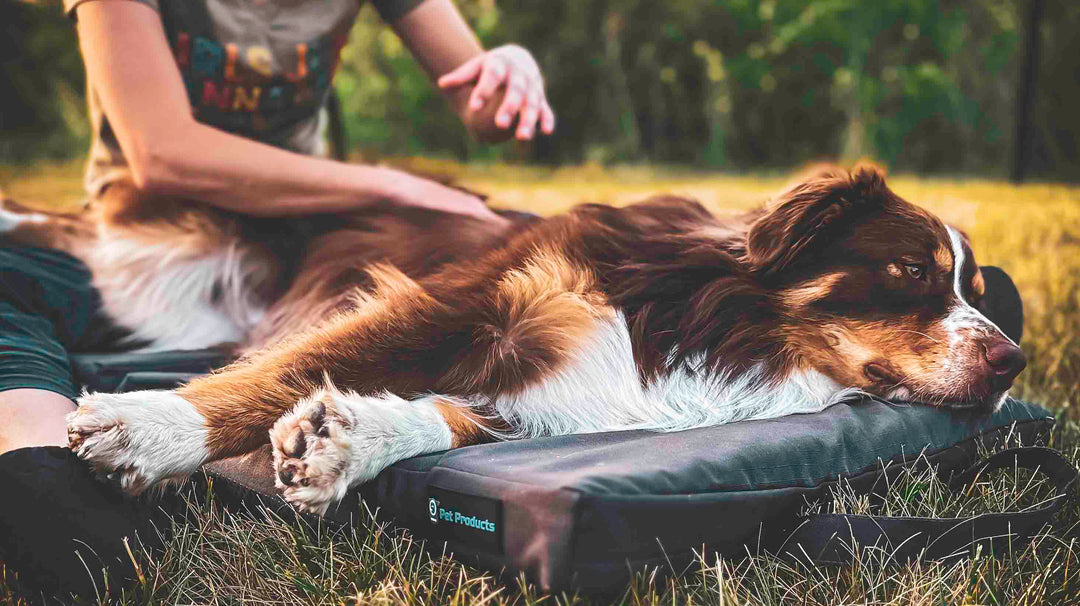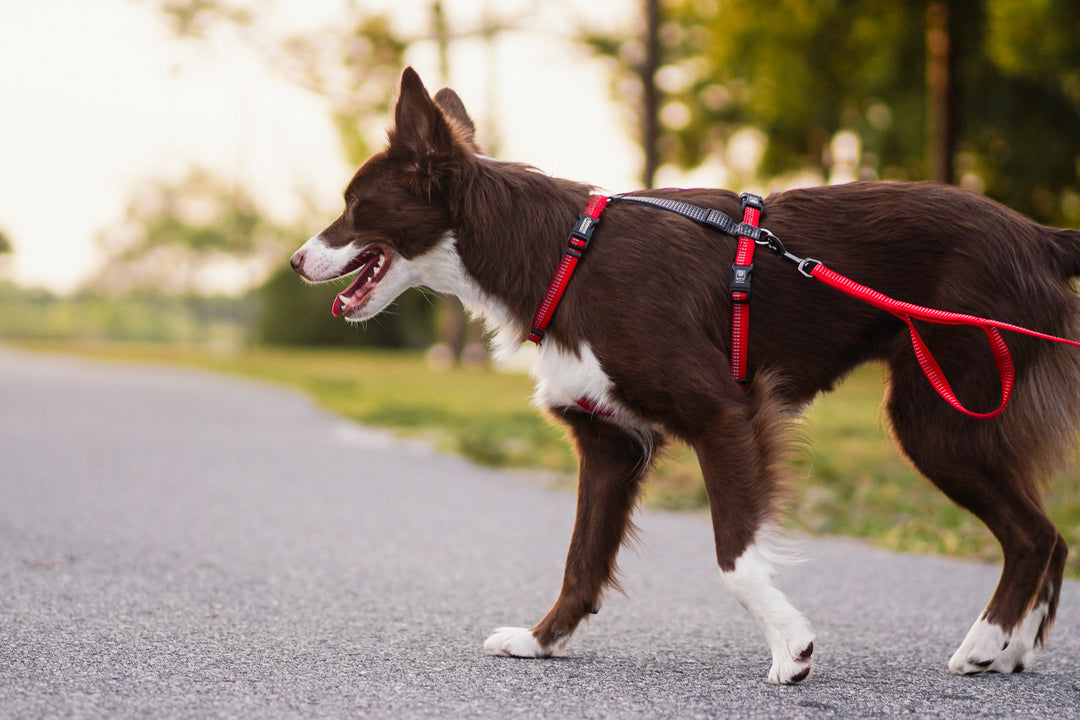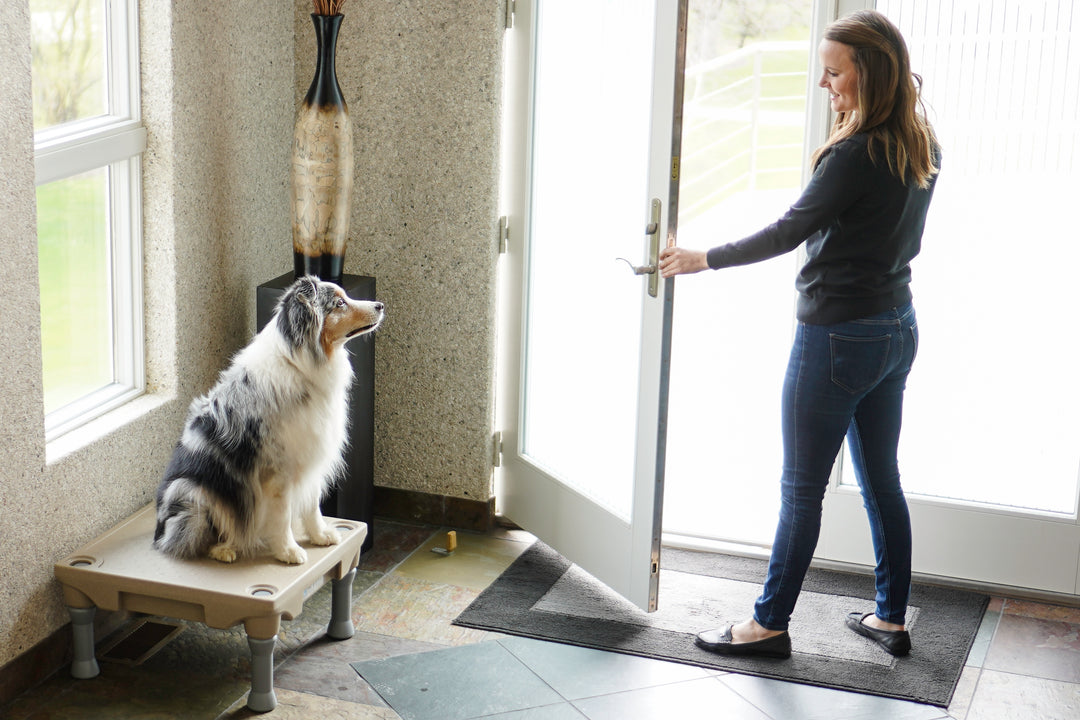Master the Art of Doorway Manners: A Step-by-Step Dog Training Guide from Blue-9
Hello, Blue-9 community! Are you dealing with a canine escape artist at home? Does your pup treat every door opening as an escape opportunity, rushing past you in a flurry of excitement? If you're nodding in agreement, then you're in the right place. In this comprehensive guide, we'll walk you through a structured training plan to instill perfect doorway manners in your dog, ensuring peace and order every time you reach for that doorknob. With Blue-9's expert guidance, transform doorway chaos into calm with these proven training techniques.
Understanding Doorway Dynamics: Setting the Training Stage
First, let's break down the skill. When the door opens, what do we want our dog to do? Depending on the situation I have two criteria:
- For outings and yard access: If my pup will be going somewhere with me, or if I’m letting them out into the yard, I like my dogs to offer a ‘sit’ and maintain that position until I give them a release cue like “break” or “free.”
- For routine in-and-out activities: If I’ll be passing through the door several times, such as when I’m bringing in groceries, I want my dogs to stay on one side of the threshold. They may sit, stand or wander, they are just not allowed to move through the door unless given permission.
For pups new to learning this skill or those who struggle with impulse control, we recommend using a KLIMB platform to bring more clarity to the training process. An elevated platform helps with setting a distinct boundary for your dog which helps them be more successful right from the start.
Training Steps for a Polite 'Sit' Before Release
Follow these detailed steps to teach your dog the art of patience and impulse control at doorways:
- Initial Sit: In order to make this a default behavior at doorways, we want our dog’s to learn to offer the ‘sit’ behavior to start the routine. In the first few repetitions of this exercise, you can cue your dog to sit, but eventually we want the dog to initiate the sequence by offering the sit without being cued.
- Stand near the door to your yard. Wait for your dog to sit, mark and reinforce (click and treat, or say ‘yes’ and deliver a treat).
- Reach toward the doorknob. If your dog remains sitting, mark and reinforce. If your dog stands up, move your arm back to a neutral position and wait for the dog to sit again.
- Incremental Distractions: Gradually introduce distractions while rewarding your dog for maintaining the sit.
- Touch the doorknob, mark and reinforce if they maintain the ‘sit’ position.
- Touch the doorknob, jiggle it, then progressively open the door at varying widths, marking and reinforcing each successful rep.
- Quick Tips
- If your dog makes a mistake, go back a couple steps to make it easier for your dog.
- Be sure to include short breaks. For example, practice 3-4 repetitions of jiggling the door handle, then give your dog their release cue and toss a treat off to the side to encourage some movement.
Training Steps for Staying on One Side of the Threshold
When I’ll be passing through the doorway without inviting (or releasing) my dog to come with me, I give them a cue to ‘wait.’ It’s an informal cue that means, hang out here, do your own thing, but don’t pass through the area.
- Approaching the Door
- Cue your dog to “wait” as you wave your hand in front of them as if I’m drawing an invisible line they shouldn’t cross.
- Open the door, and immediately toss 2-3 treats on the floor behind my dog.
- When they’ve finished eating and re-orient toward the door, mark and reinforce for them staying on the other side. We want to catch that moment before they think to cross the threshold.
- Tossing the treats slightly behind your dog gives you the opportunity to reinforce them before they get too close to the door way.
- Incremental Difficulty: gradually introduce levels of difficulty such as distance away from the threshold, going out of sight for a brief moment, or shutting a car door.
- After you’ve cued your dog to wait, take a few steps out of the door. If your dog is successful, mark and reinforce by walking back toward the dog and tossing them a treat.
- Remind them of the ‘wait’ cue, then take a few most steps or duck out of sight for a split second. Mark and reinforce if successful.
- Over several sessions increase the difficulty until you can carry in a package, check the mailbox, or unload some groceries. Keep treats handy through the training process to reinforce your pups awesome manners!
- Quick Tips
- If your dog makes a mistake and crosses the threshold of the door, quickly interrupt them and reset. Instead of shouting “no” or saying “ah-ah” which can be startling for many dogs, I prefer to have a short phrase such as “no ma’am” or “I don’t think so.” It stops my dogs without being scary or punishing.
- When first starting this training, be sure to have your dog on a leash and harness so that you can quickly secure them if they pass through the door.
Using a KLIMB
A KLIMB or other elevated platform can be used in the initial stages of training to help the dog be more successful. Once you’ve introduced your dog to the KLIMB and they will confidently get onto the KLIMB, you can continue the training steps outlined previously. The added benefit of the KLIMB is the clarity it provides to the dog. This makes training faster and the goal behaviors are able to be accomplished with fewer errors.
Join the Blue-9 Community
Embarking on this training journey with your dog is all about nurturing a deeper, more understanding bond. We invite you to share your experiences, progress, and valuable insights on our Blue-9 Facebook Group. Your journey could serve as inspiration for fellow dog lovers aiming to achieve doorway harmony.
Happy training!


